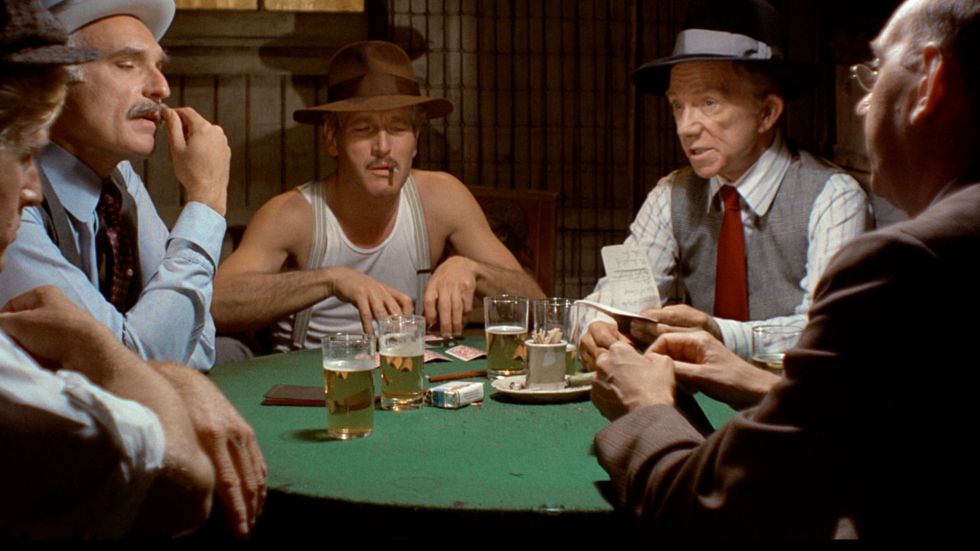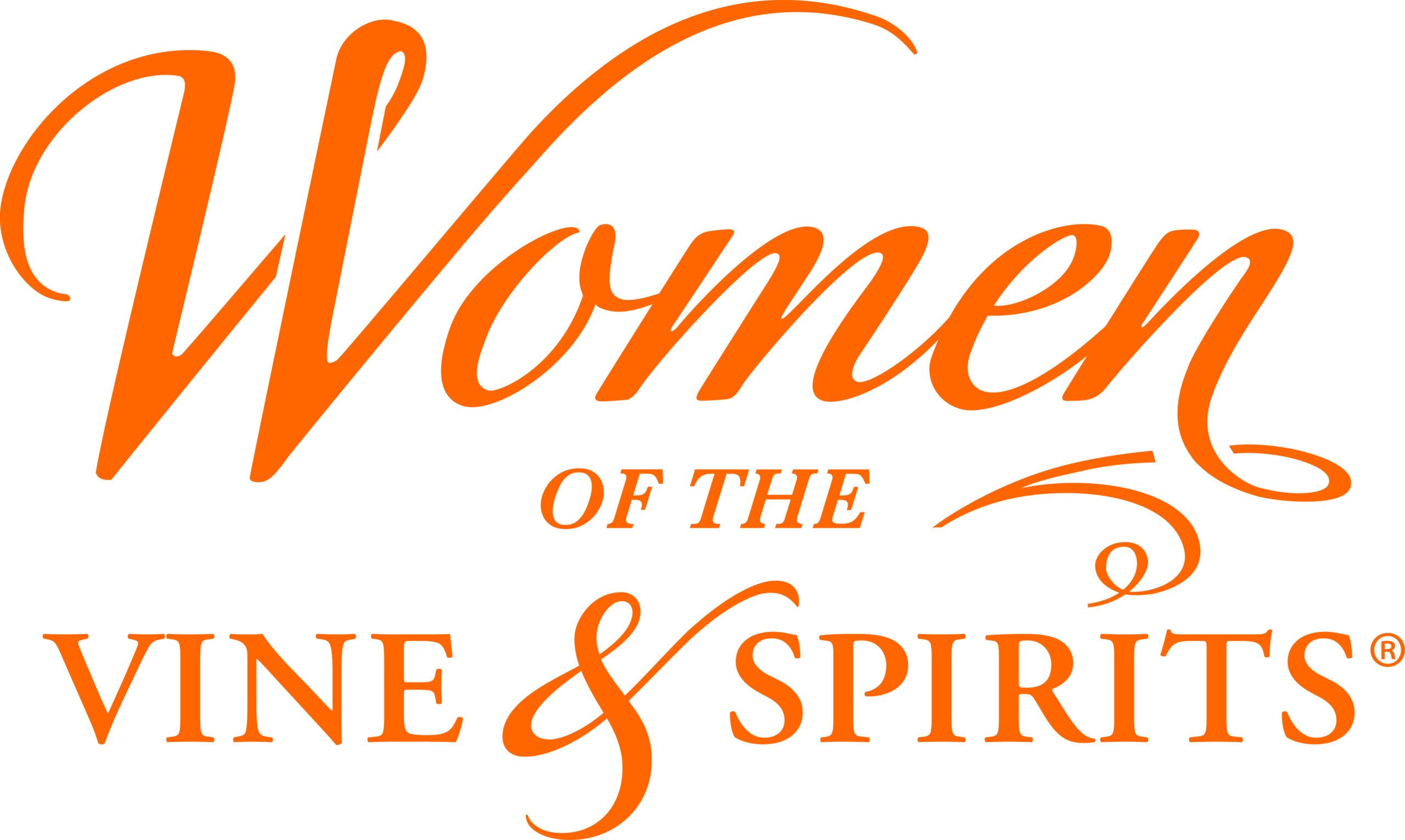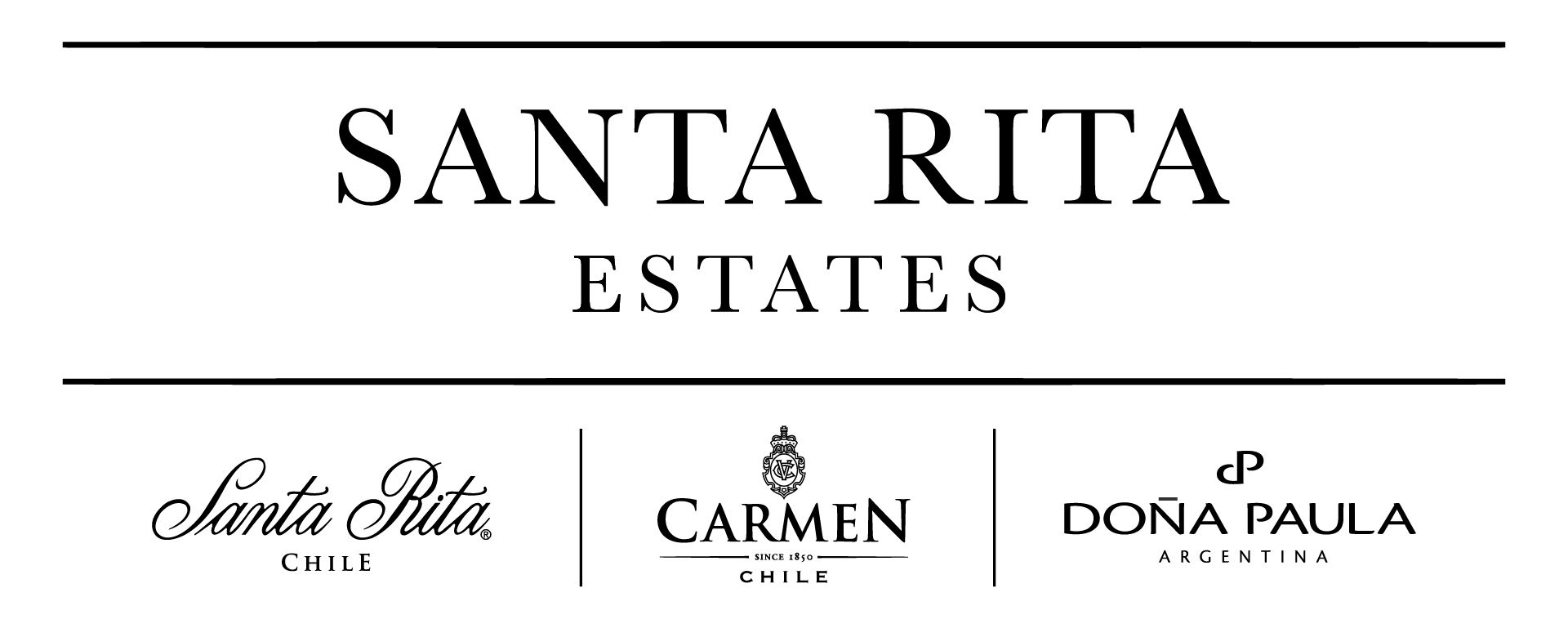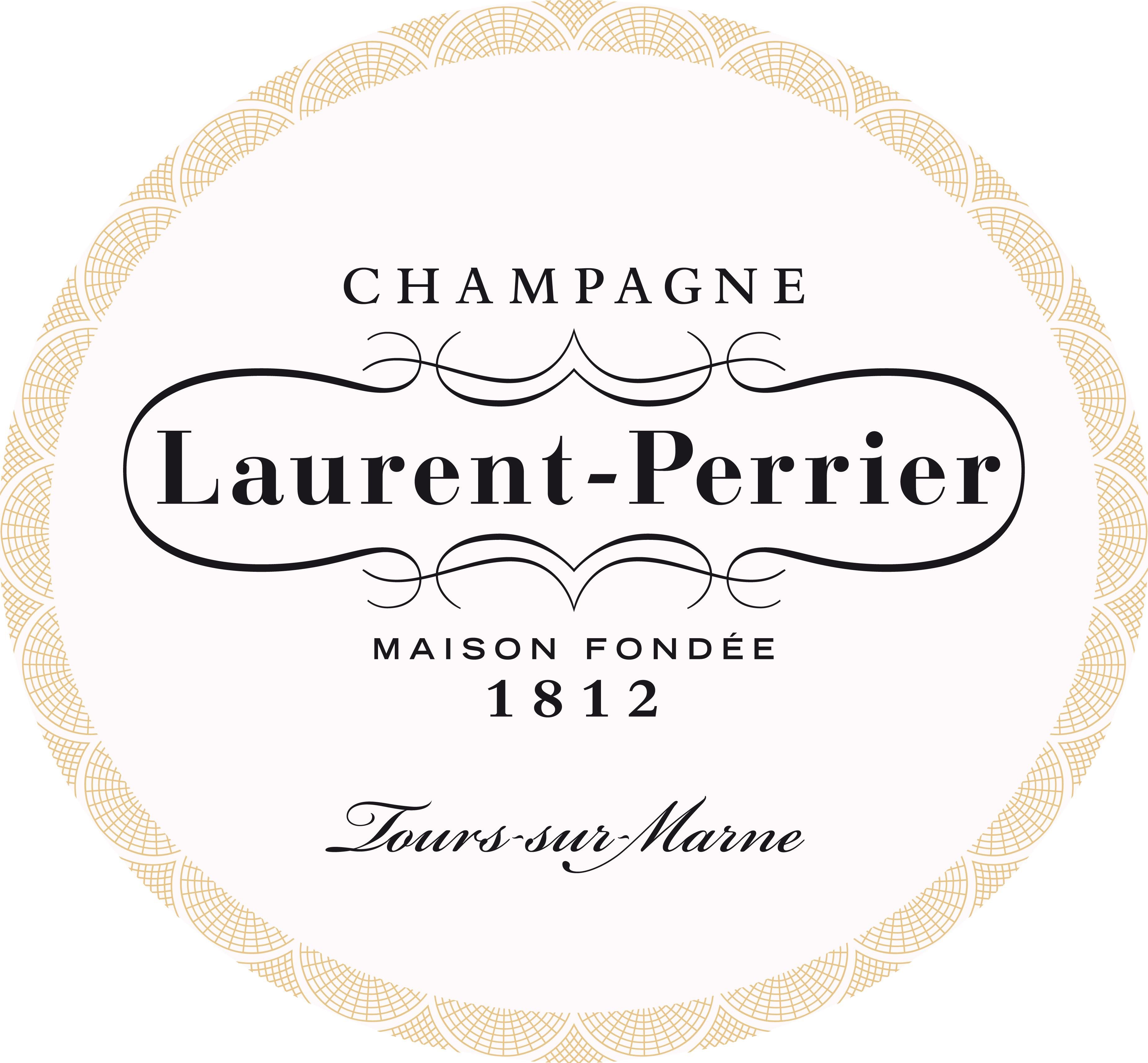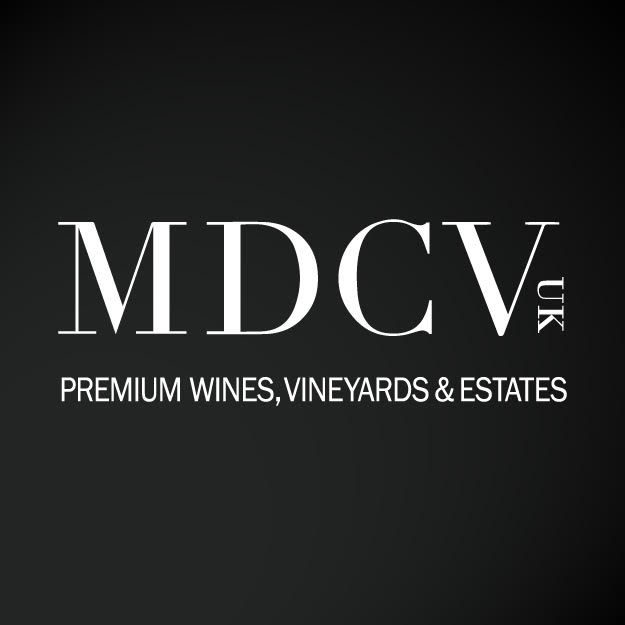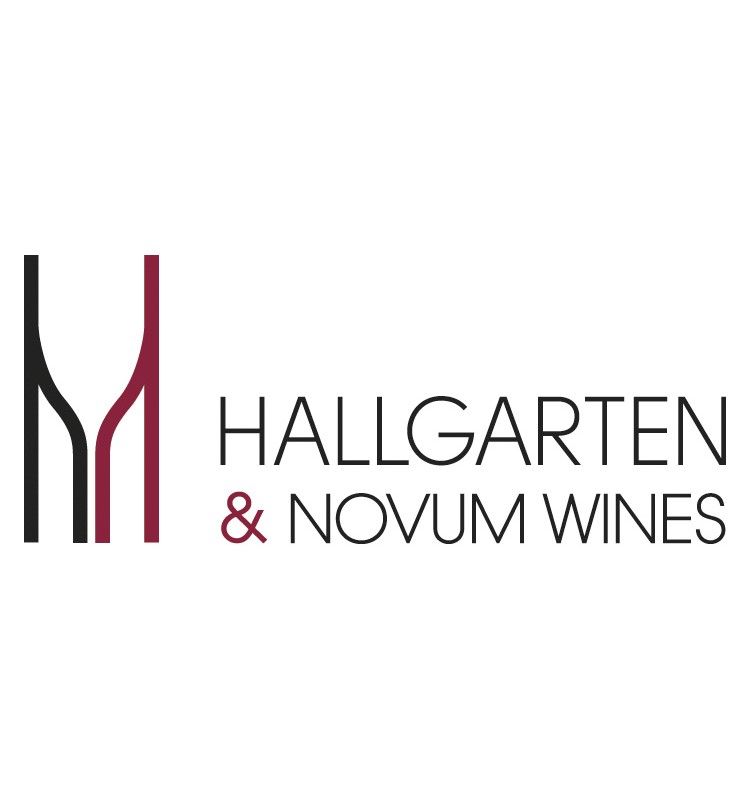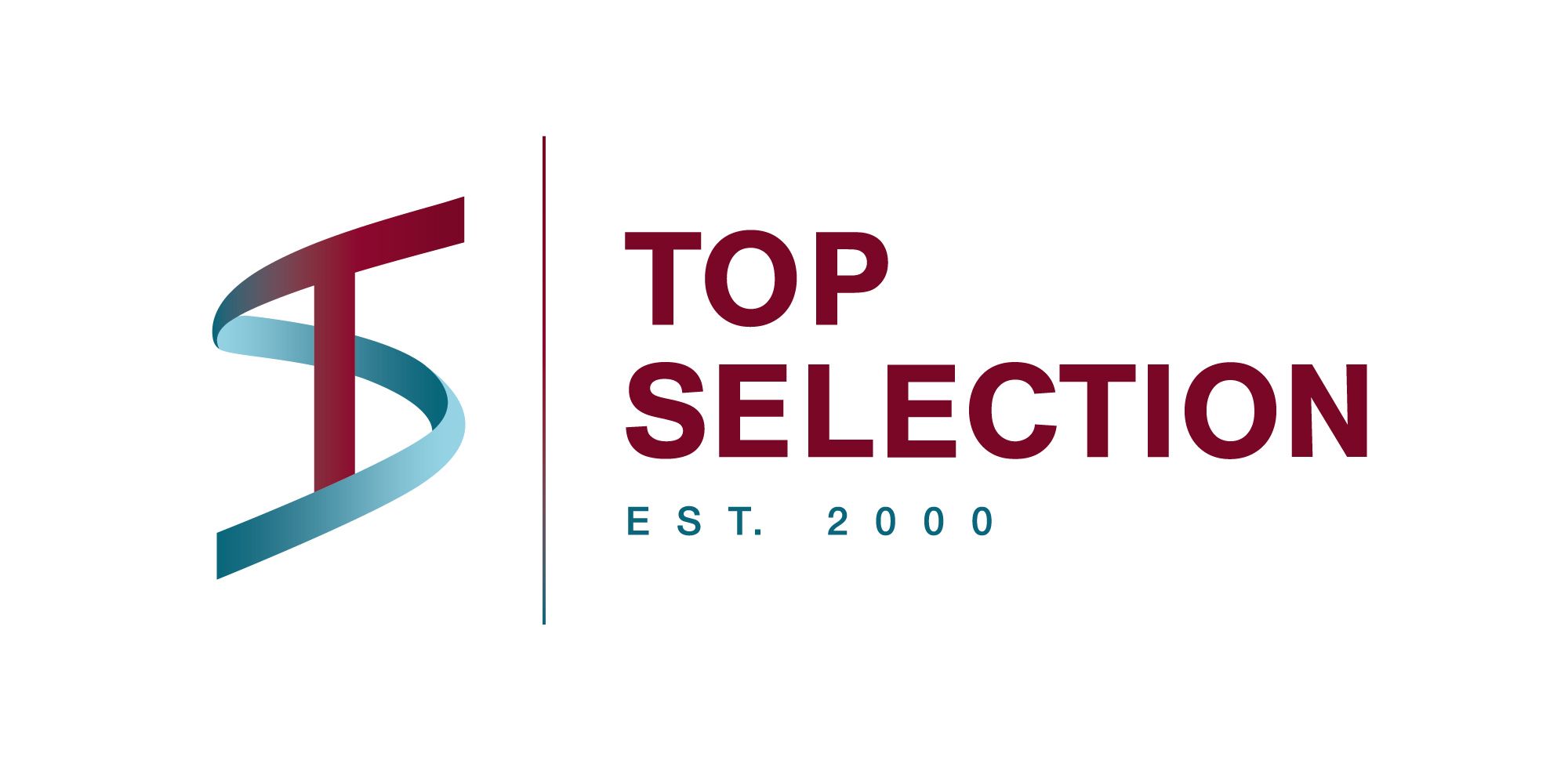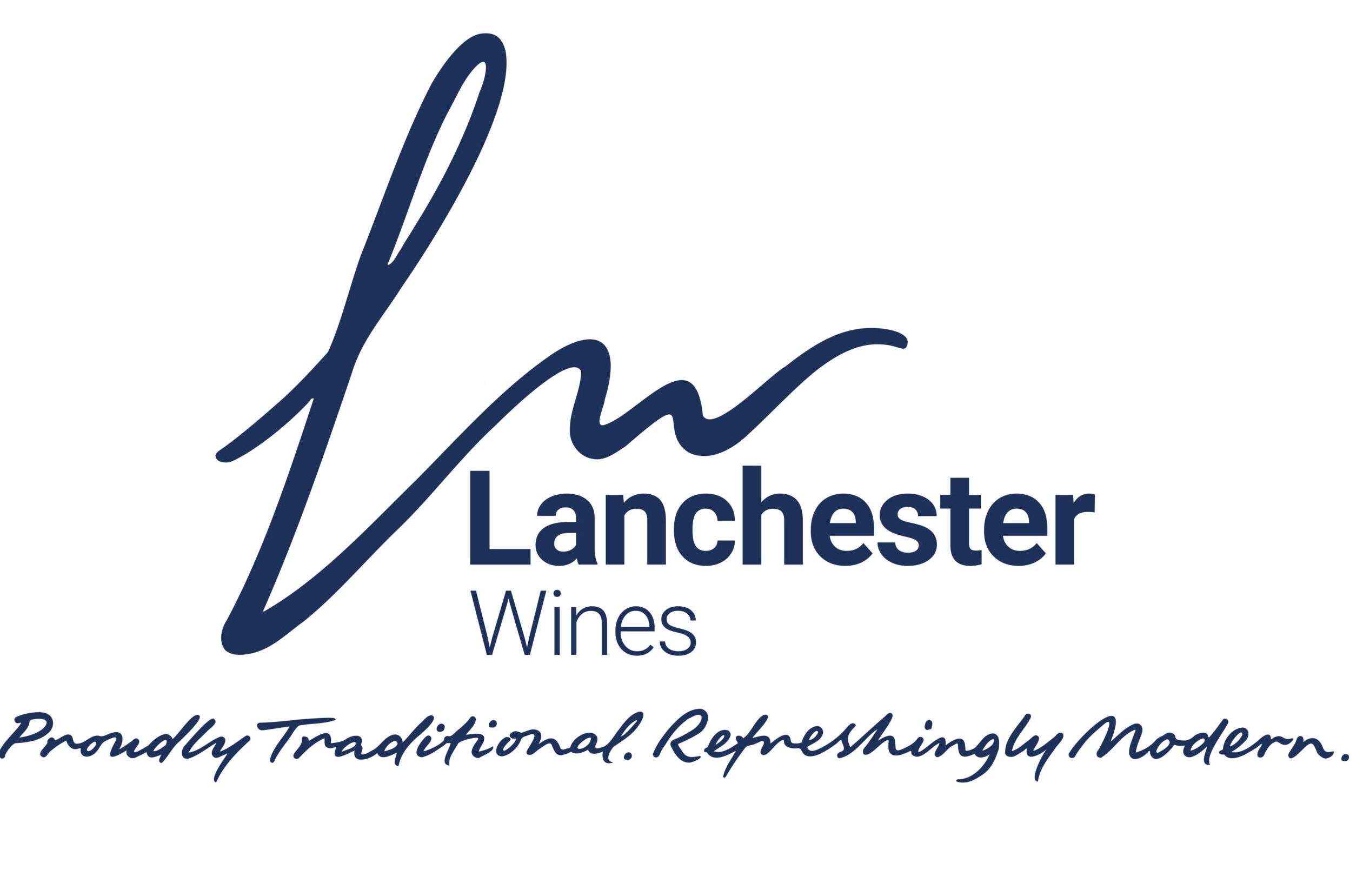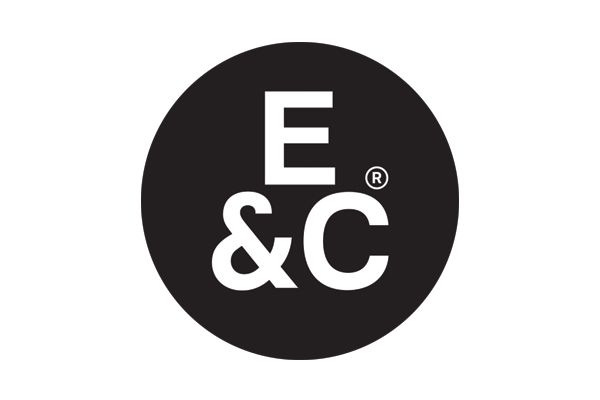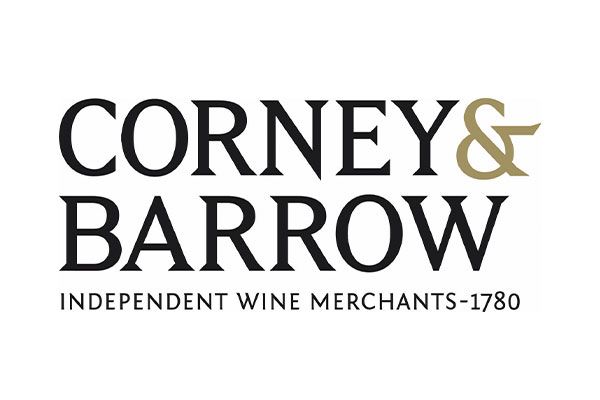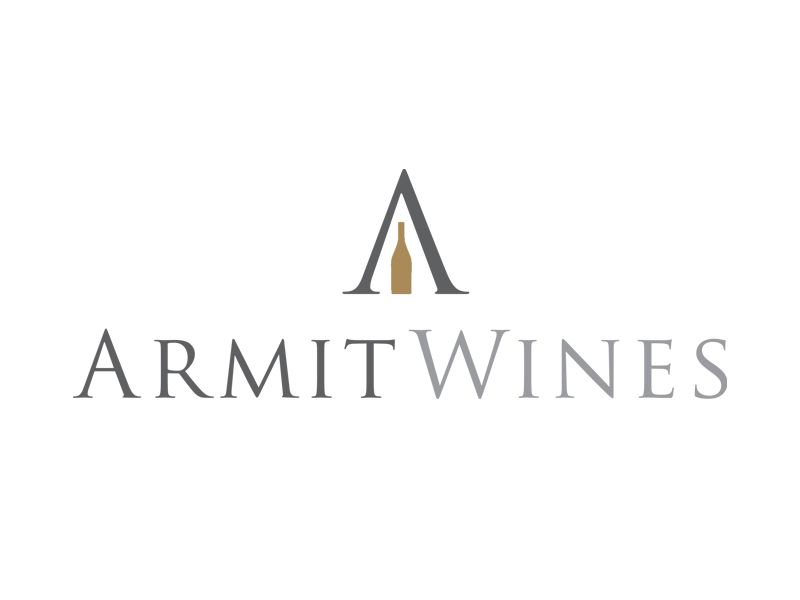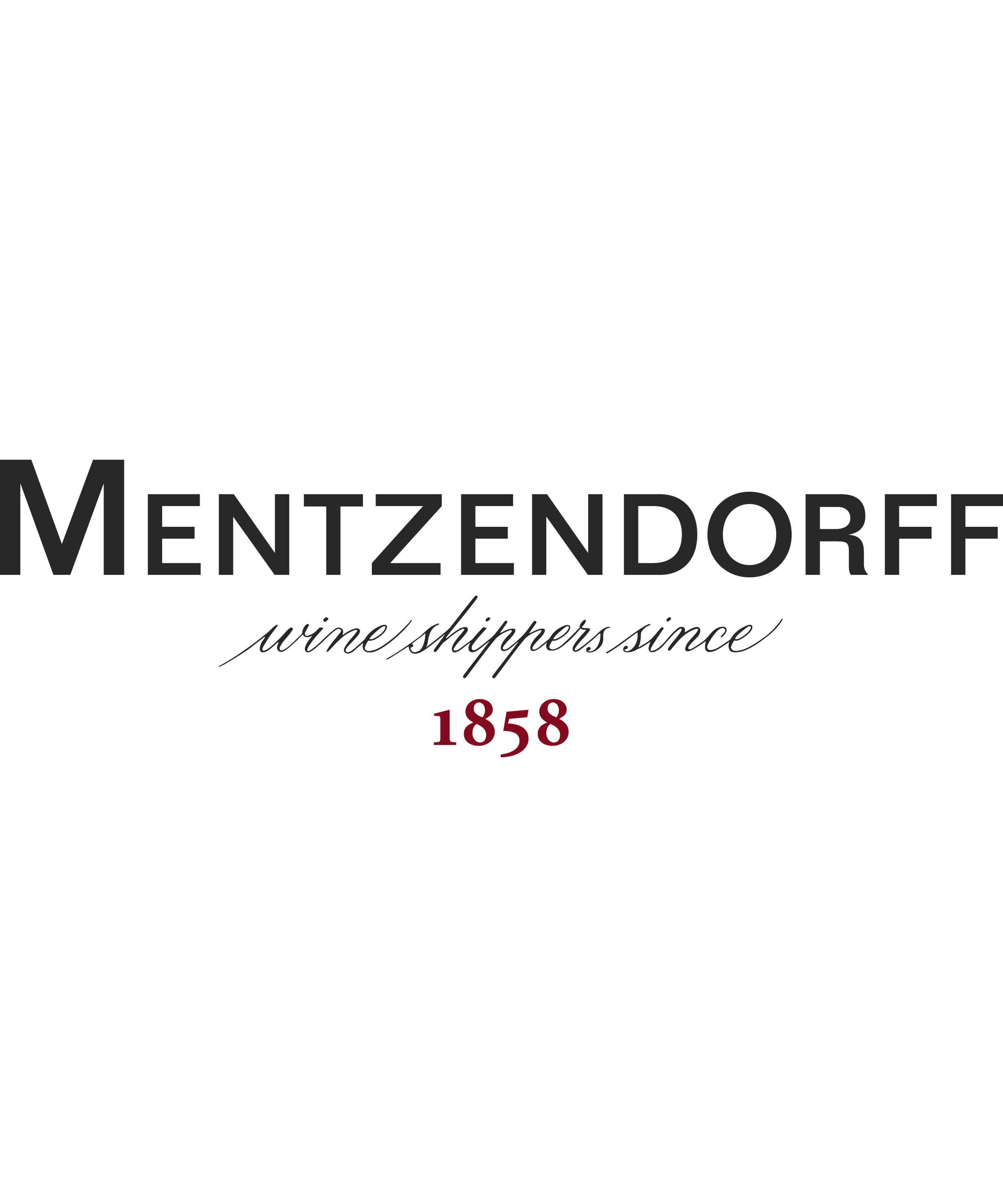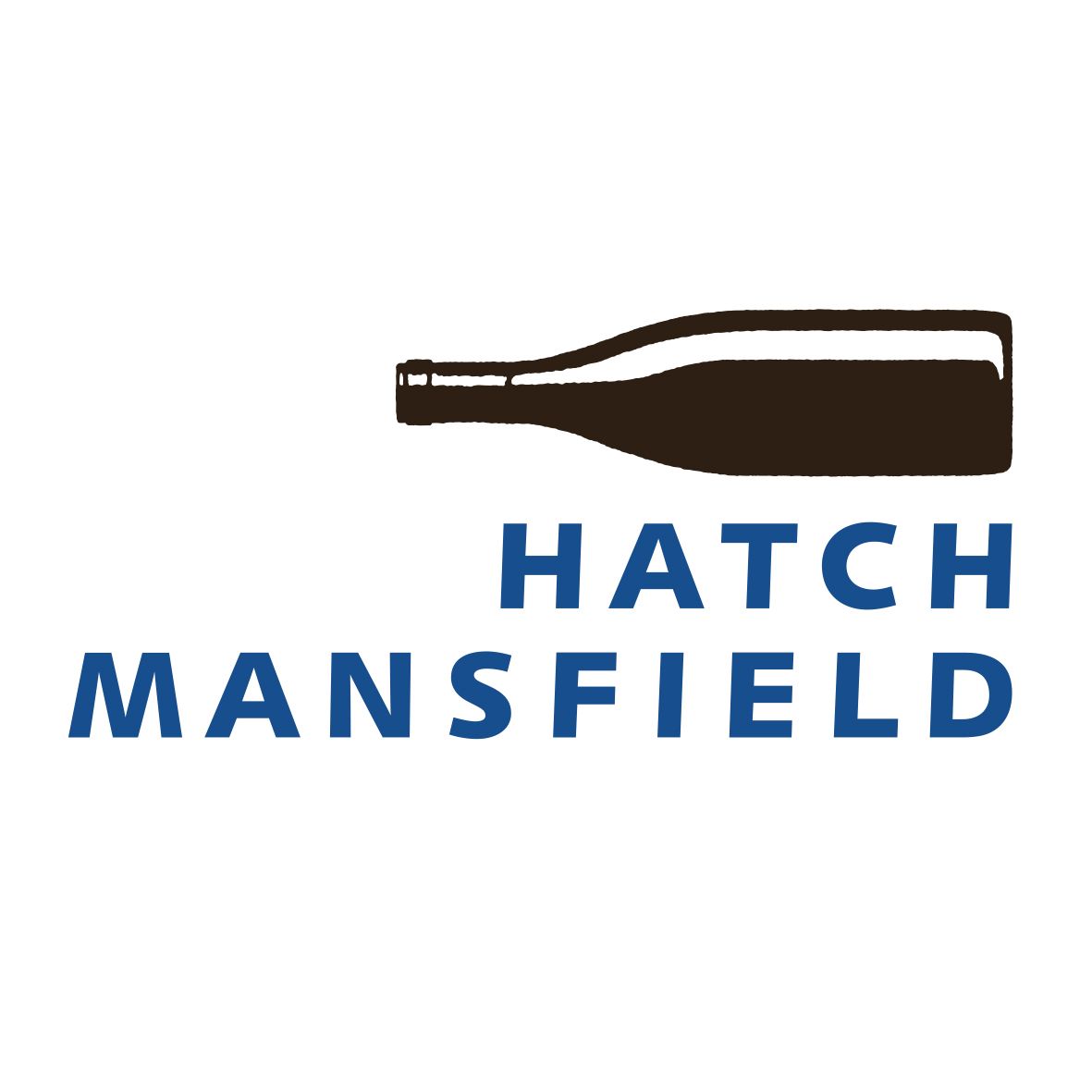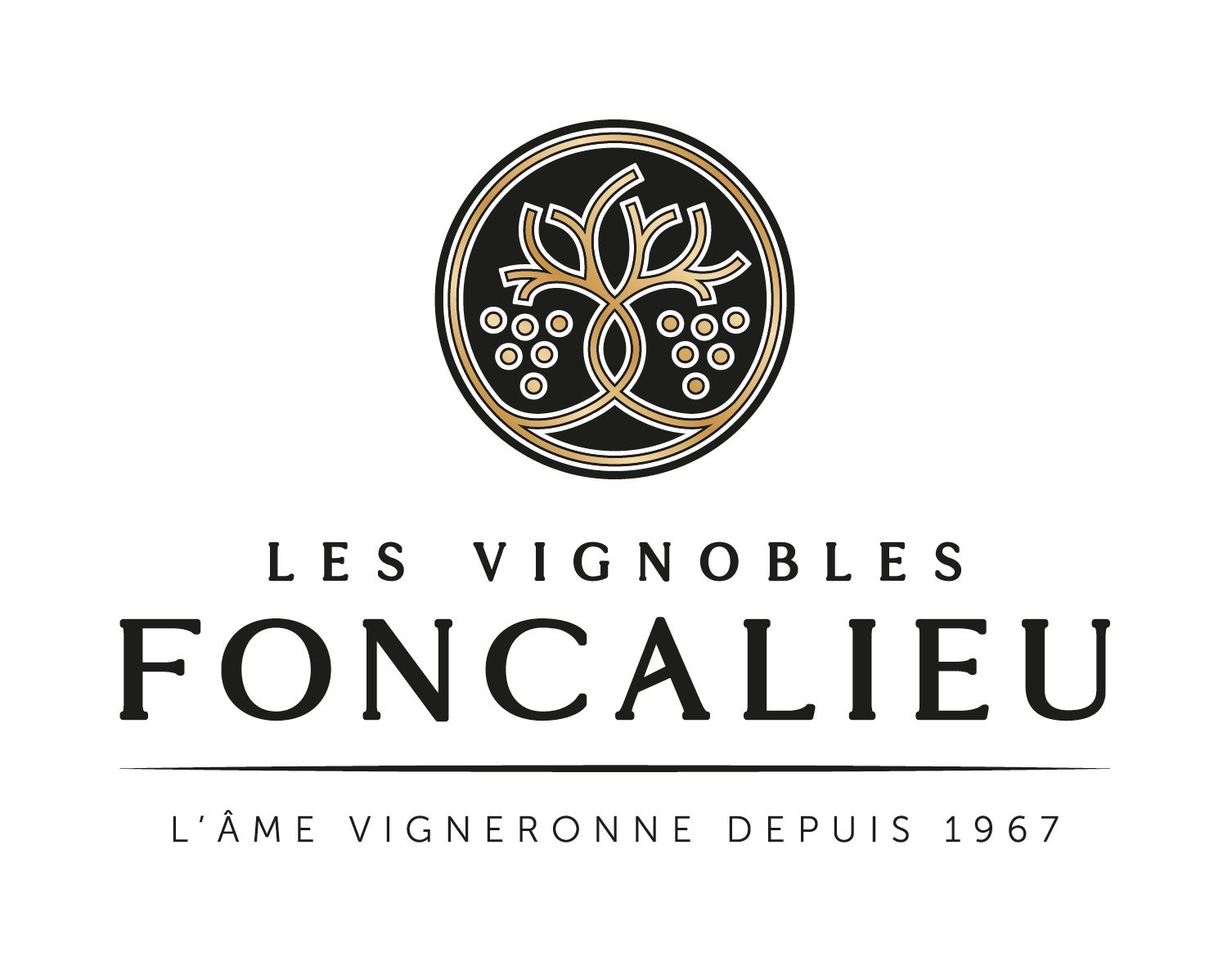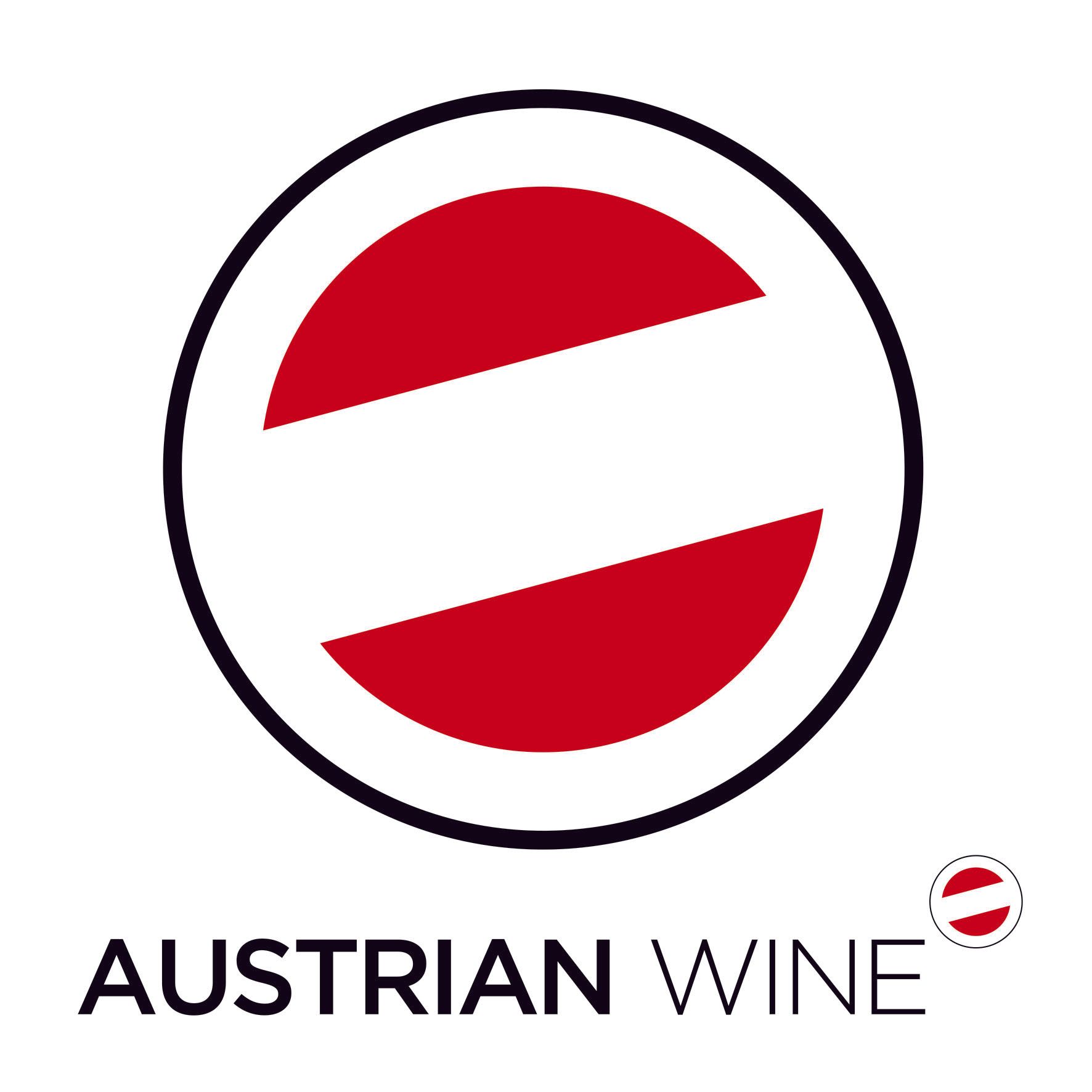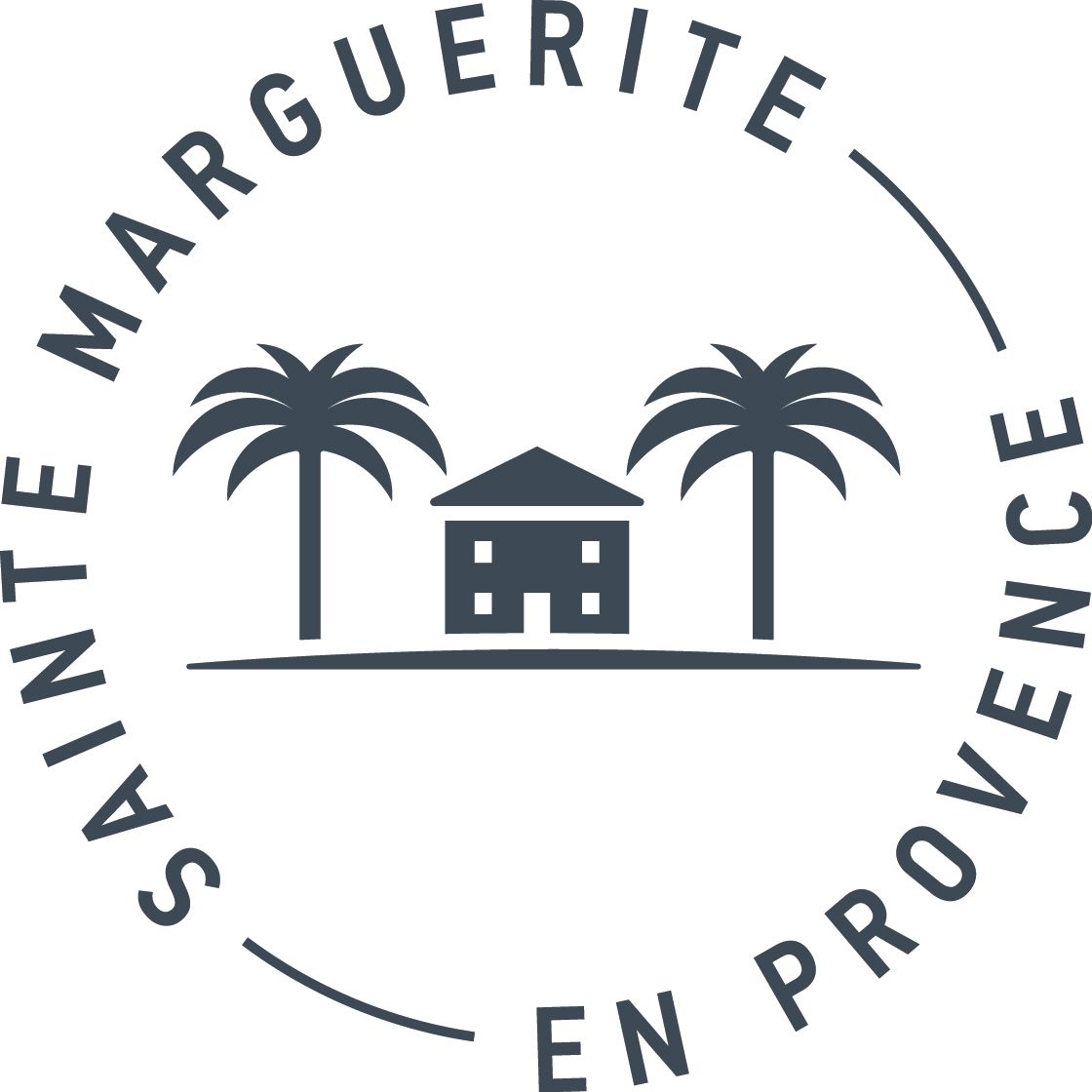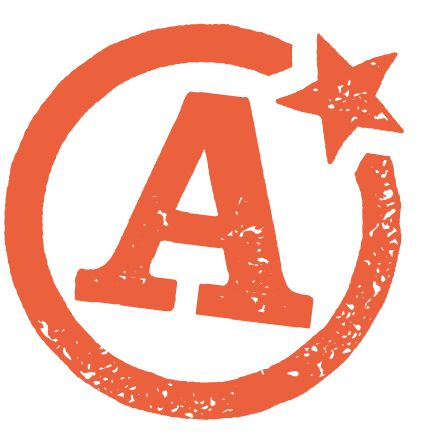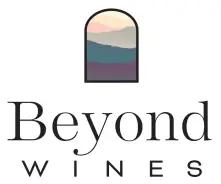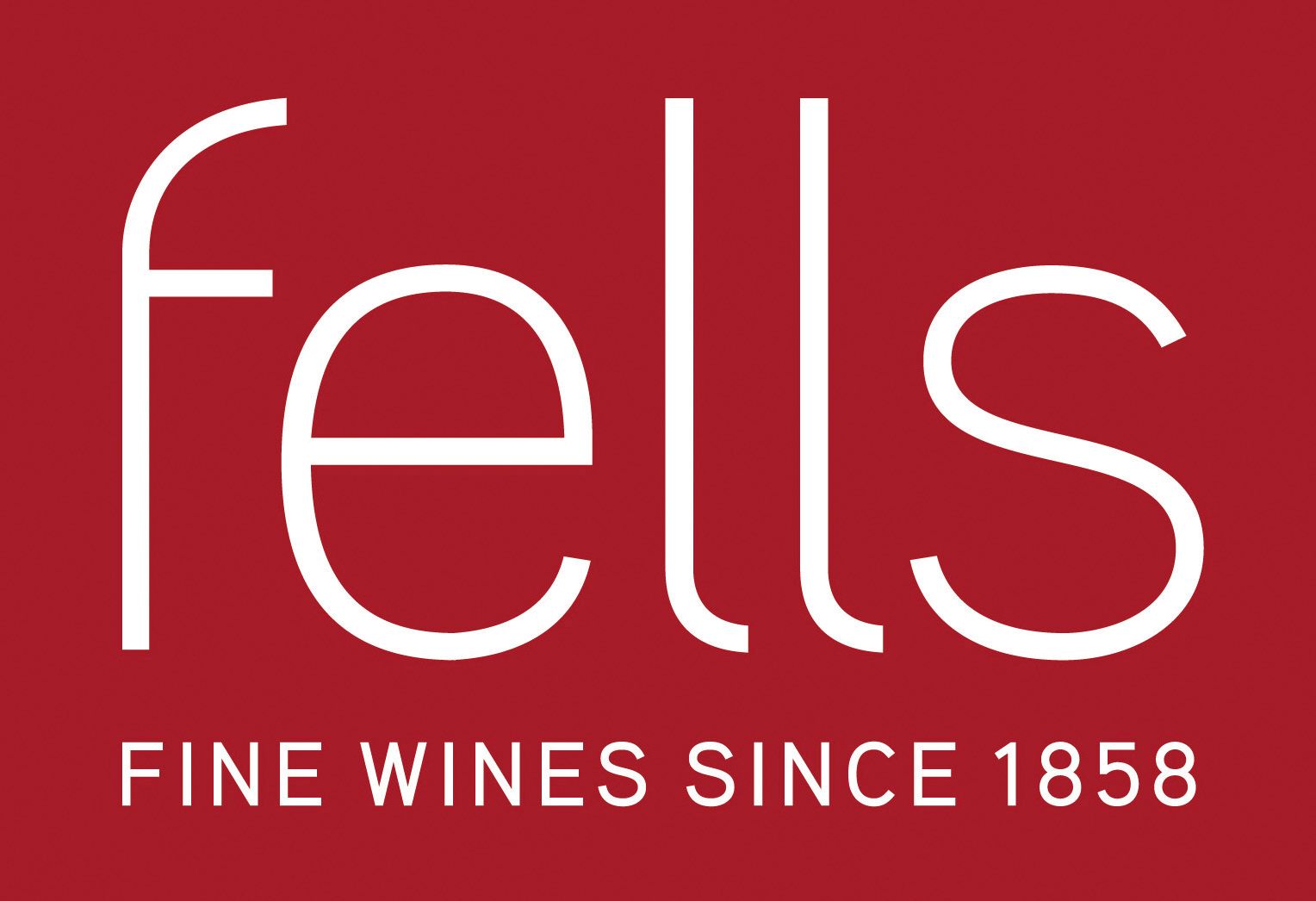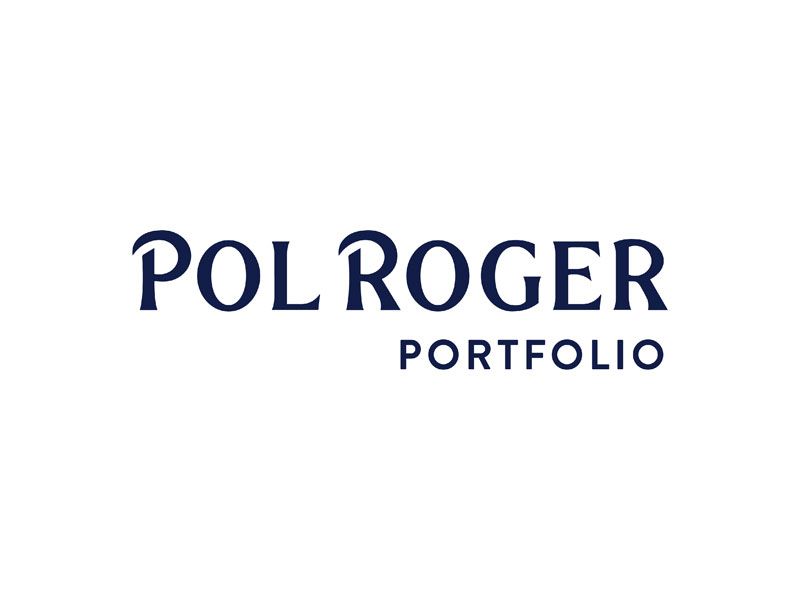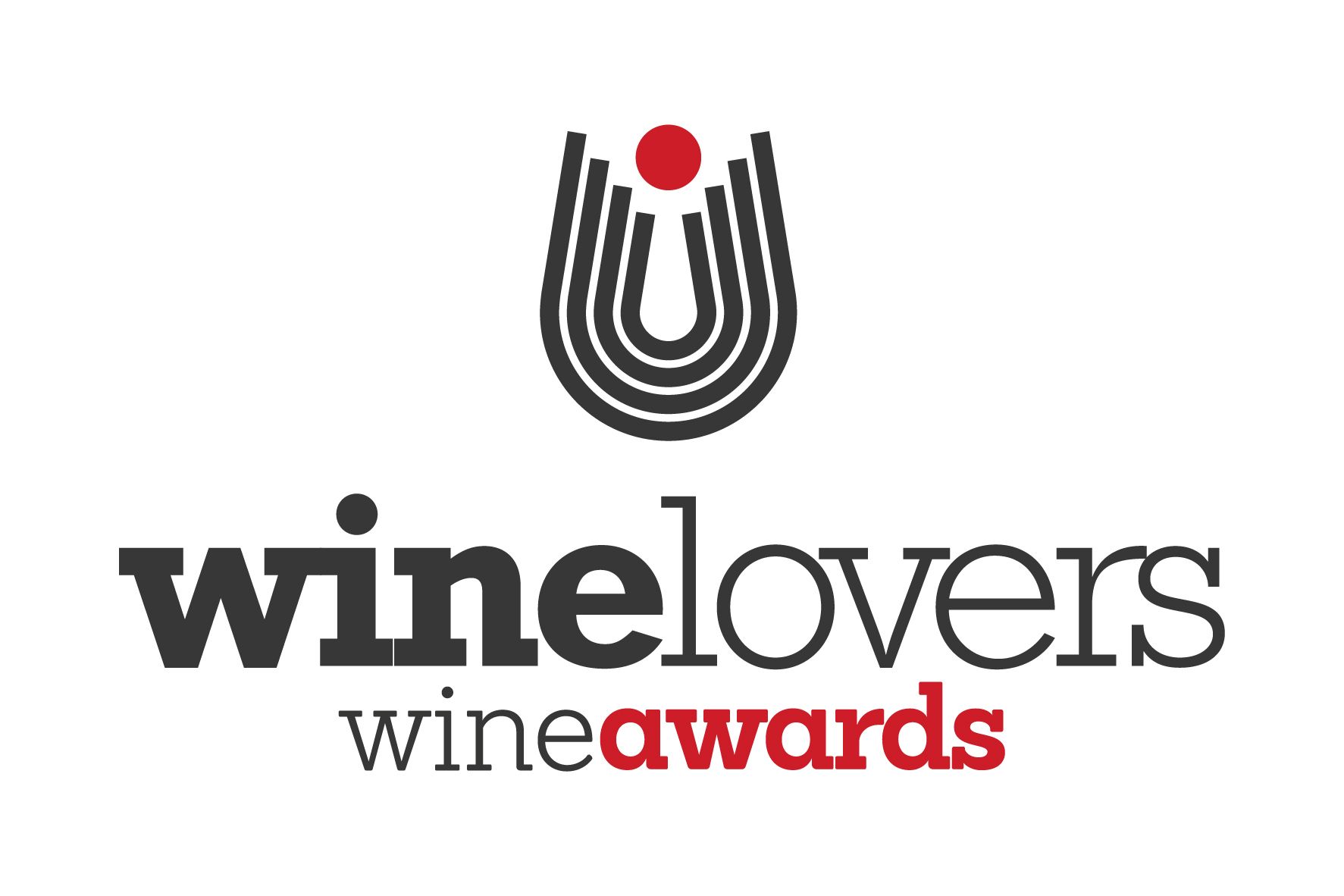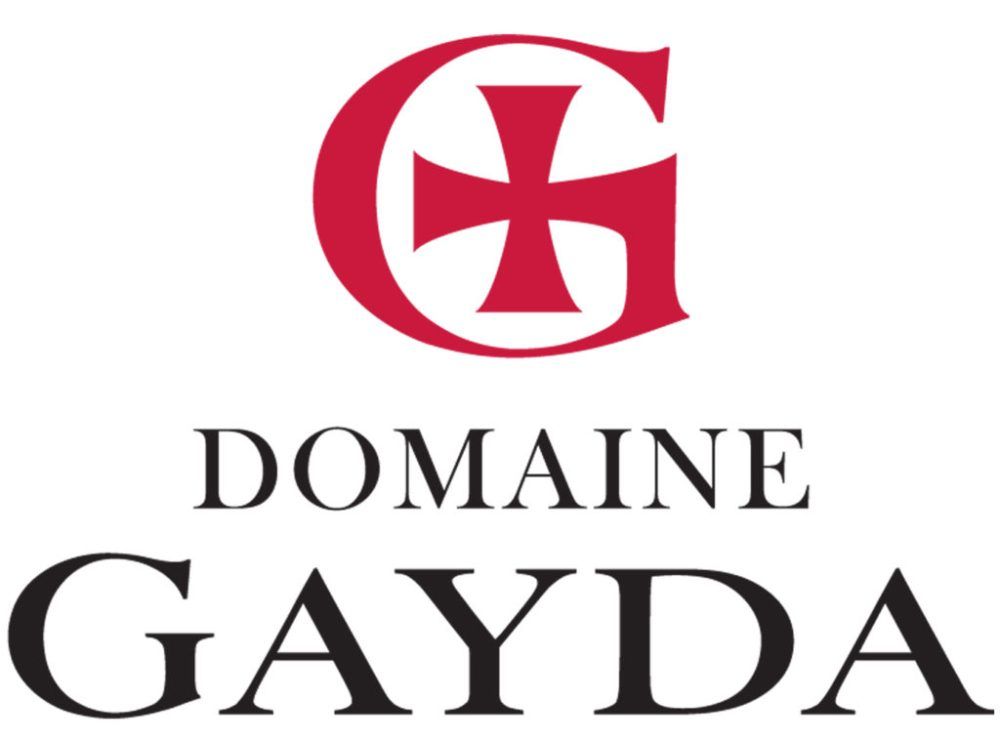CGA’s second out of four special reports looking at how wine is performing in the UK on-trade focuses on the styles of wine and where they come from that are catching the attention of which type of consumer on a night out.
It might be a useful exercise to taste wines blind in order to assess their basic quality with no distractions like labels, price points or countries of origin to change your raw perception of what is in the glass. It is quite another thing to also then run your business blind and choose wines for your list based purely on your own tastes without any regard for what your customers might want to drink not just from your business, but across the on-trade.
But strip back your decision making and that is precisely what a lot of wine businesses, restaurants and bars do. Drinks lists are put together based on the skills and experience of the buyers, and sommeliers in that business, and are mainly based on their own sales data rather than an analytical assessment of trends within the industry as a whole.
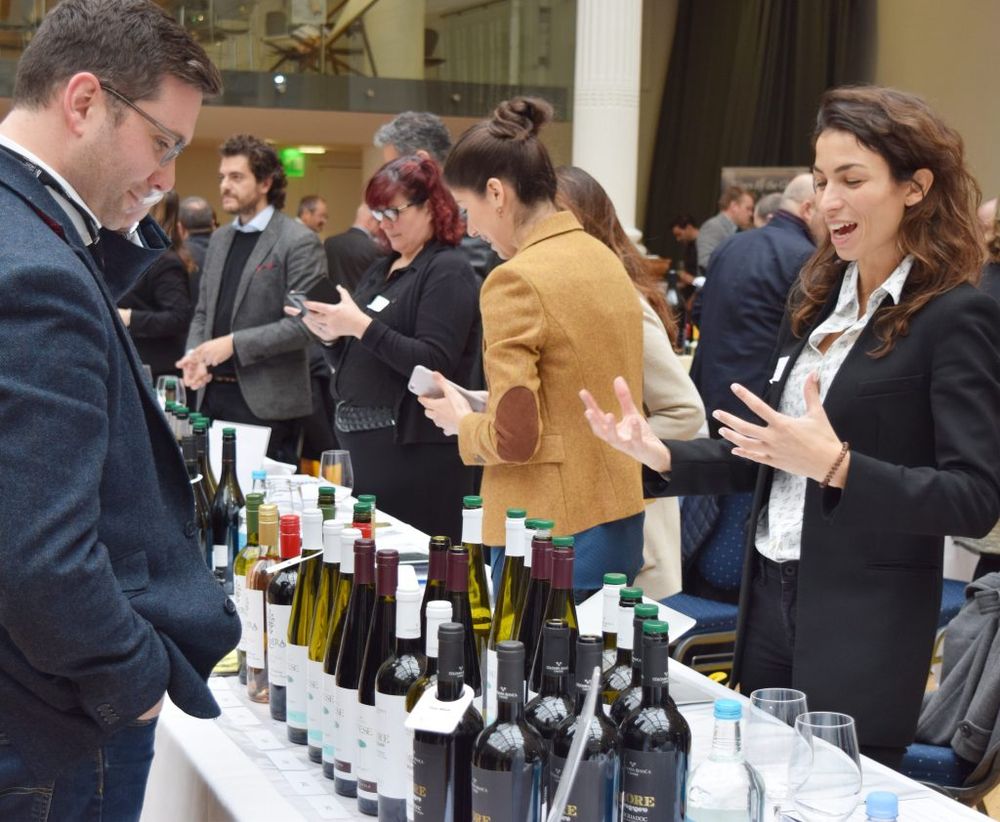
Deciding which wines stand out at a trade wine does not always mean they are the wines consumers want to drink
Which is all very understandable considering how personal and individual every bar and restaurant is, with wines selected to pair with specific dishes and cuisine. It is also often a necessity in the premium and fine dining on-trade where there is not always the statistical data available to data mine every buying decision.
Which is why CGA, which specialises in providing analysis and insight for the overall out-of-home food and drink market, has teamed up with The Buyer to produce a series of reports that look to unravel the complex on-trade sector with detailed reports on key areas of the trade.
Its first report looked at wine trends within the casual dining sector and looked at how well wine was performing against other drinks choices in such a vitally important part of the industry.
The world agenda

How do we decide which countries and regions to concentrate on when attending global fairs like Prowein
This time round CGA turns its attention on the actual styles of wine that are being bought across the on-trade and, in particular, how important is country of origin and varietal in what wines consumers want to buy. CGA’s research was based on over 8,000 interviews it has conducted with wine drinkers across the UK, which was assessed alongside key volumetric and sales data from its OPMS service.
Its new Global Origins report looks to help buyers better understand the countries and styles that are performing best, along with the motivations of the consumer who want to buy them. By combining the two it is possible to see where, and how, current trends in the marketplace are developing.
It goes to parts of the world wine industry that we as individual businesses cannot reach. CGA’s analysis goes in to the performance of every major wine producing country, but also, breaks down the best performing regions and grape varieties that are being bought from those nations.
The CGA Global Origins report makes it clear that country and varietal style domatter.
What consumers think
It also vitally looks at wine drinkers as consumers. By gender, age and employment status. What sort of wines does the average 50-year-old man, white collar employee prefer over a 30-year old blue collar woman?
The kind of detail and analysis that is not always front of mind when it comes to the wines we are tasting and scoring at the average wine trade event.
Focus on sparkling

The on-trade has gone so mad for sparkling wine…but why?
The report also shows how dominant and strategically important the sparking wine category has now become. This is no longer just another section on our wine list. Demand for sparkling wine, particularly Prosecco, dictates the wine trends we see. So much so that CGA has produced figures that show the winners and losers in the global wine trade are quite different when sparkling wine is factored in or not.
If you look at the global picture with sparkling wine included then you can see the Old World regaining ground on the New World. The Top 10 wine producing countries including sparking wine has Italy, driven by Prosecco, well out in front as number one in volume terms, second to France in value. Take sparkling wine out and it slips down to second place and is taken over by France in volume and value.
Old World revival
The word in the trade is that diners are returning more and more to the Old World and CGA’s Global Origins report confirms it. Most of the Old World countries are gaining volume share against New World wines, but again you have to factor in the influence of sparkling wine here.
It seems wine drinkers with a preference for Old World wines are also more likely to eat and drink out and are interested in discovering new restaurants and food styles. These are also trends that bias towards younger consumers and those with higher average incomes which could be good news for Old World wines down the line.
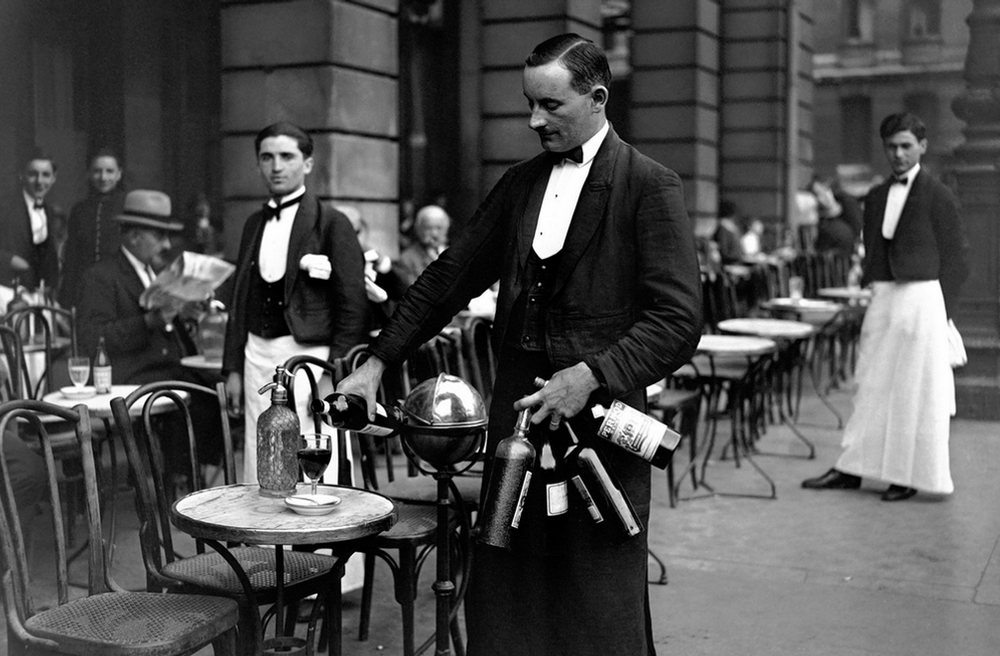
Old World wines are enjoying a revival in the on-trade
New horizons
The report also looks closely at which emerging wine countries and regions are the ones to look closely at. Romania being the stand out with sales of its still wine enjoying 90% growth over the past year in the on-trade. This reflects not only the improved quality in emerging markets like Romania, but also the trade’s need to look outside traditional sources of wine to compensate for the fall in sterling and other operator cost issues.
Future reports
This is the second CGA report in a series of four looking at different aspects of the on-trade.
The cost
Each individual report costs £750 to purchase on their own, but discounts are available for multi-buys including:
• 1 report: £750
• 2 reports: £1,500
• 3 reports: £1,750
• 4 reports: £2,000.
Each report will be produced both in PDF format and as a powerpoint presentation for customisation purposes.
To Buy
If you would like to buy any of these reports then please either contact Richard Siddle at richardsiddle@btopenworld.com or Mark Newton at mark.newton@cgastrategy.co.uk.
Or register your interest here.
Report 1: Wine in casual dining
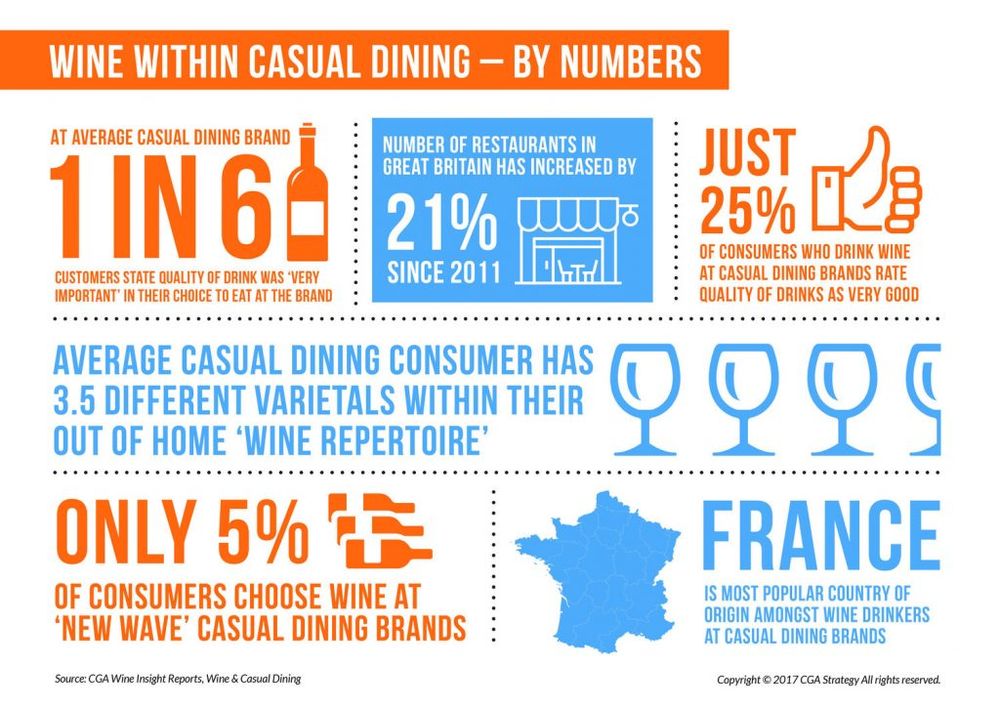
This report assesses the role of wine within casual dining, both from a consumer point of view and how leading operators are using wine as part of their drinks strategy. It explores the role of brands within casual dining, what the potential is for wine to grow in the sector and what are the main challenges to ensure wine remains relevant both to divers and operators.
Report 3: Tailoring the Perfect Wine List
It is the most important thing to get right. You might have bought the right wine, but how you present it on a list is crucial. This report will assess the role of price, choice and decision making amongst diners and offers some best practice advice on pricing and ranging. It will also look at how many wines make up the ideal wine list for your channel of the on-trade and what consumers are looking for and how different consumer types require different menu options.
Report 4: Premiumisation and Polarisation
It is the talk of the trade, but how does premiumisation actually work in reality. How far can you effectively “trade up” a customer and which type of wines are best suited to charging a little more for. What are the education cues needed to convince consumers to pay more for their wine and what do restaurants need to be doing more on the floor to get diners to move higher up the wine list.
